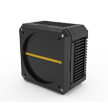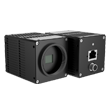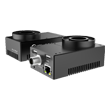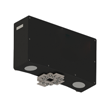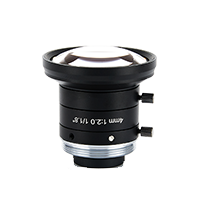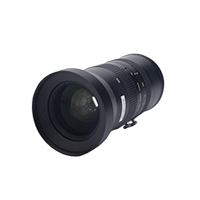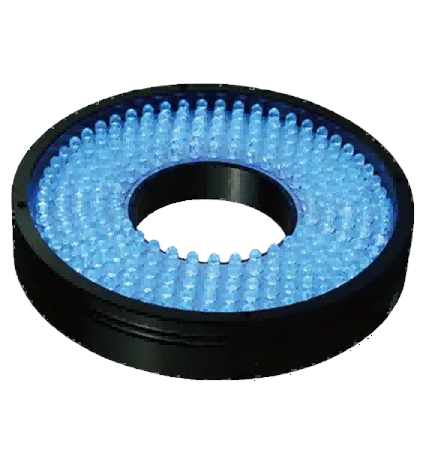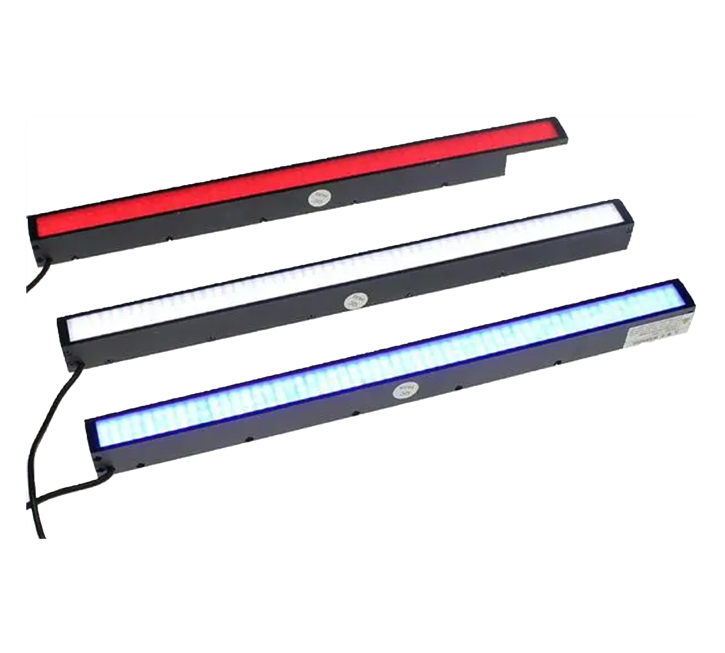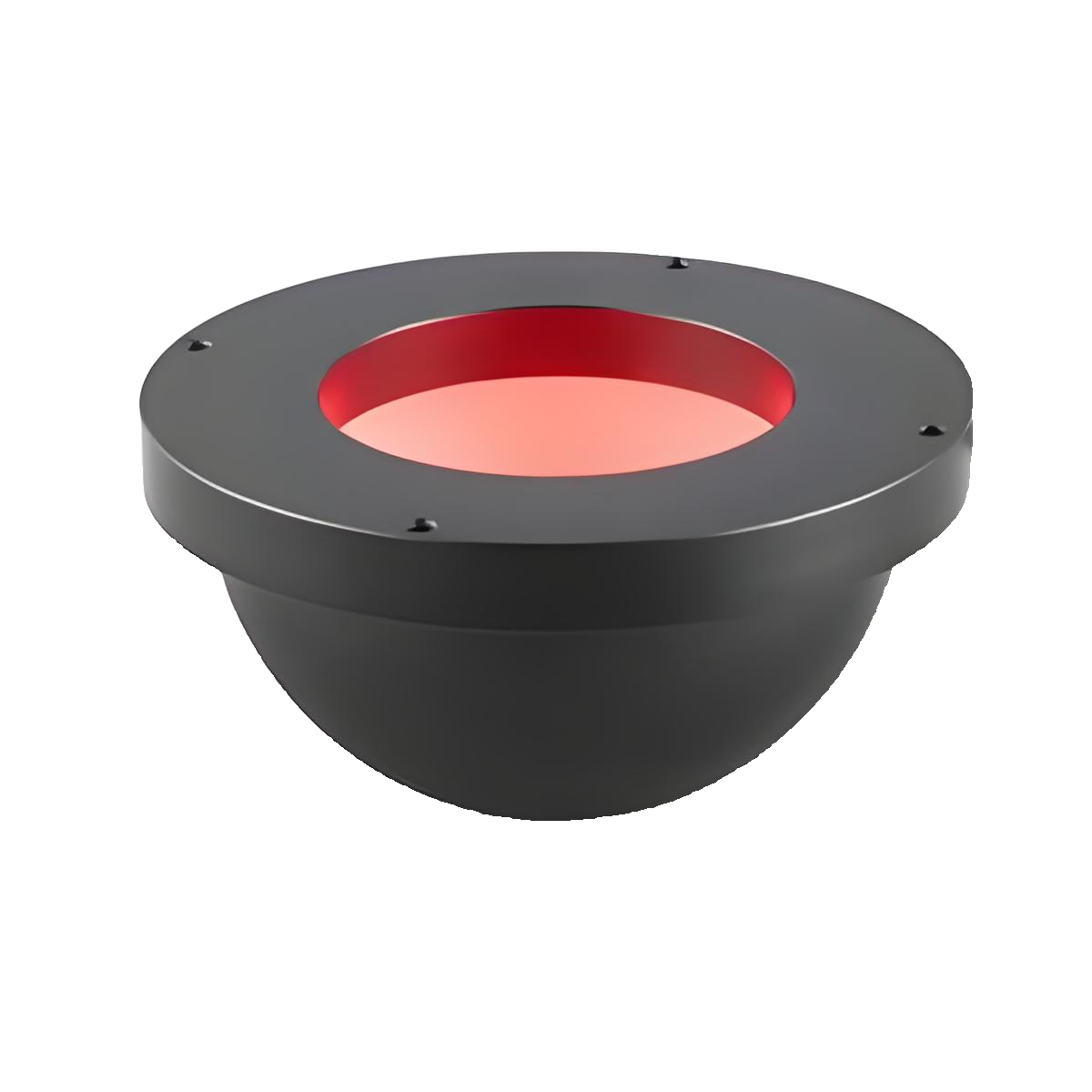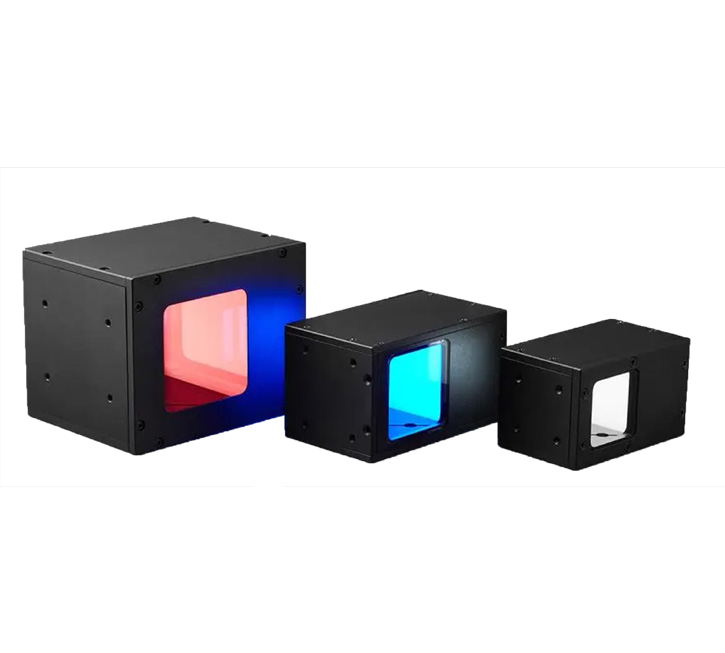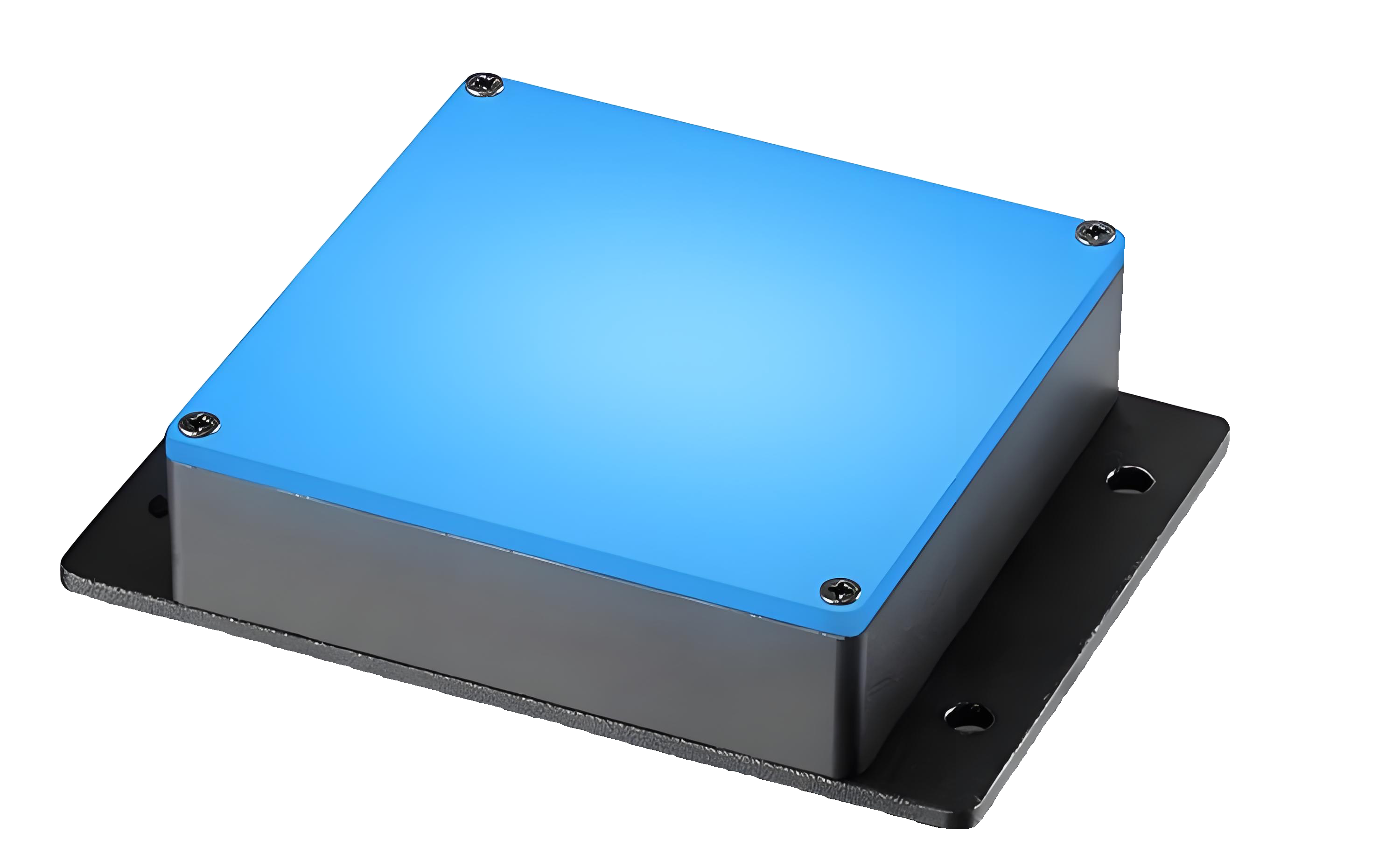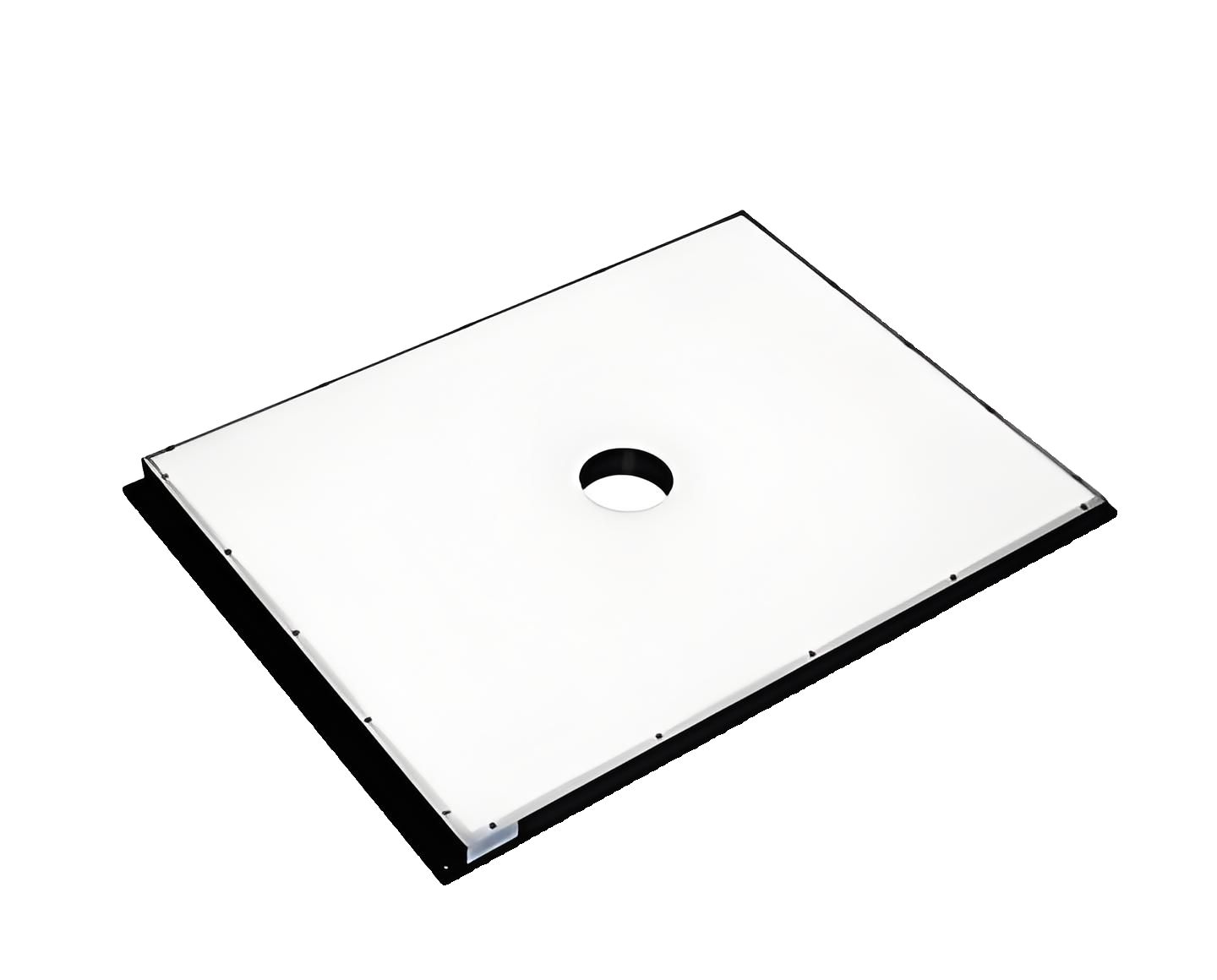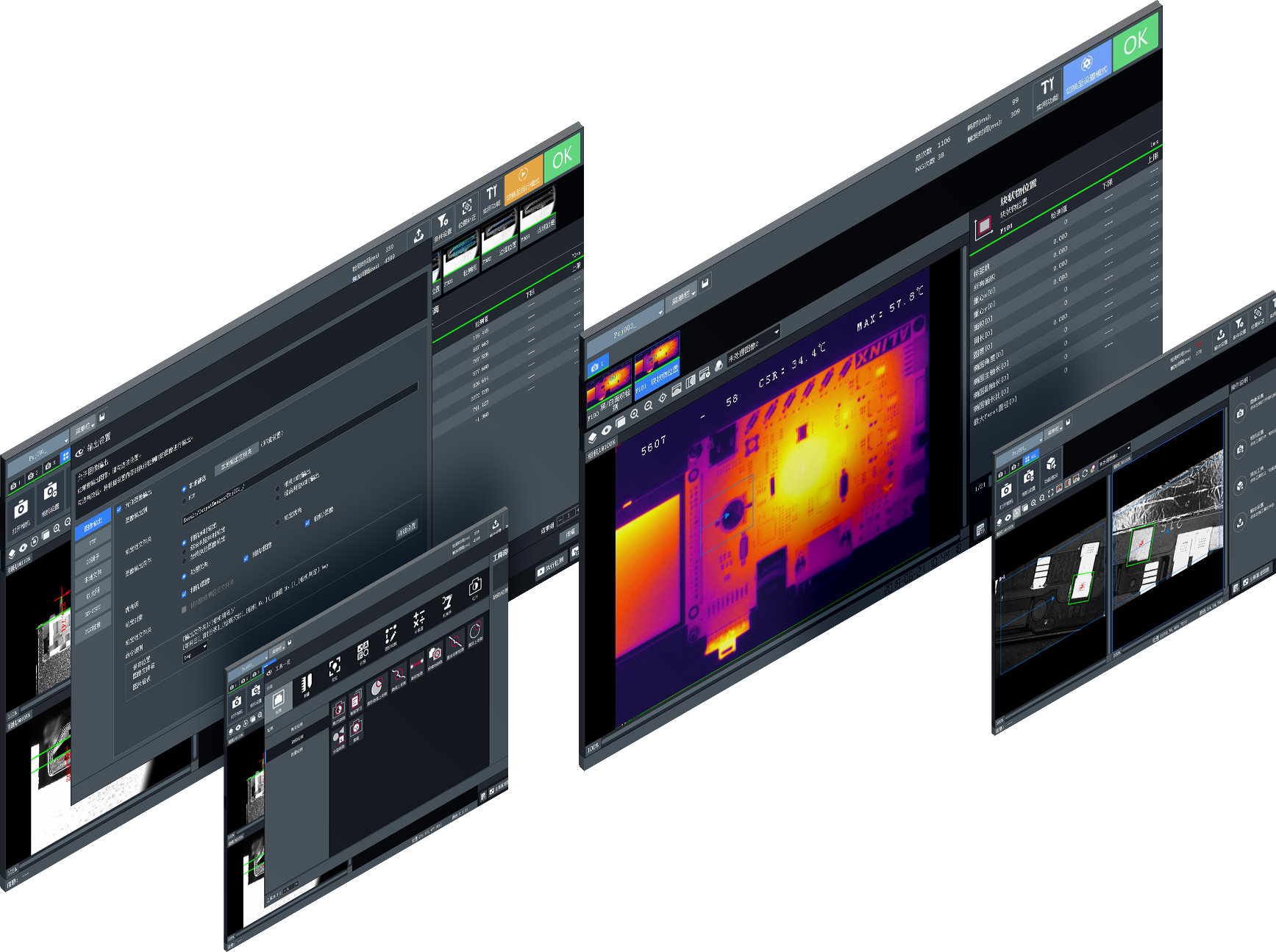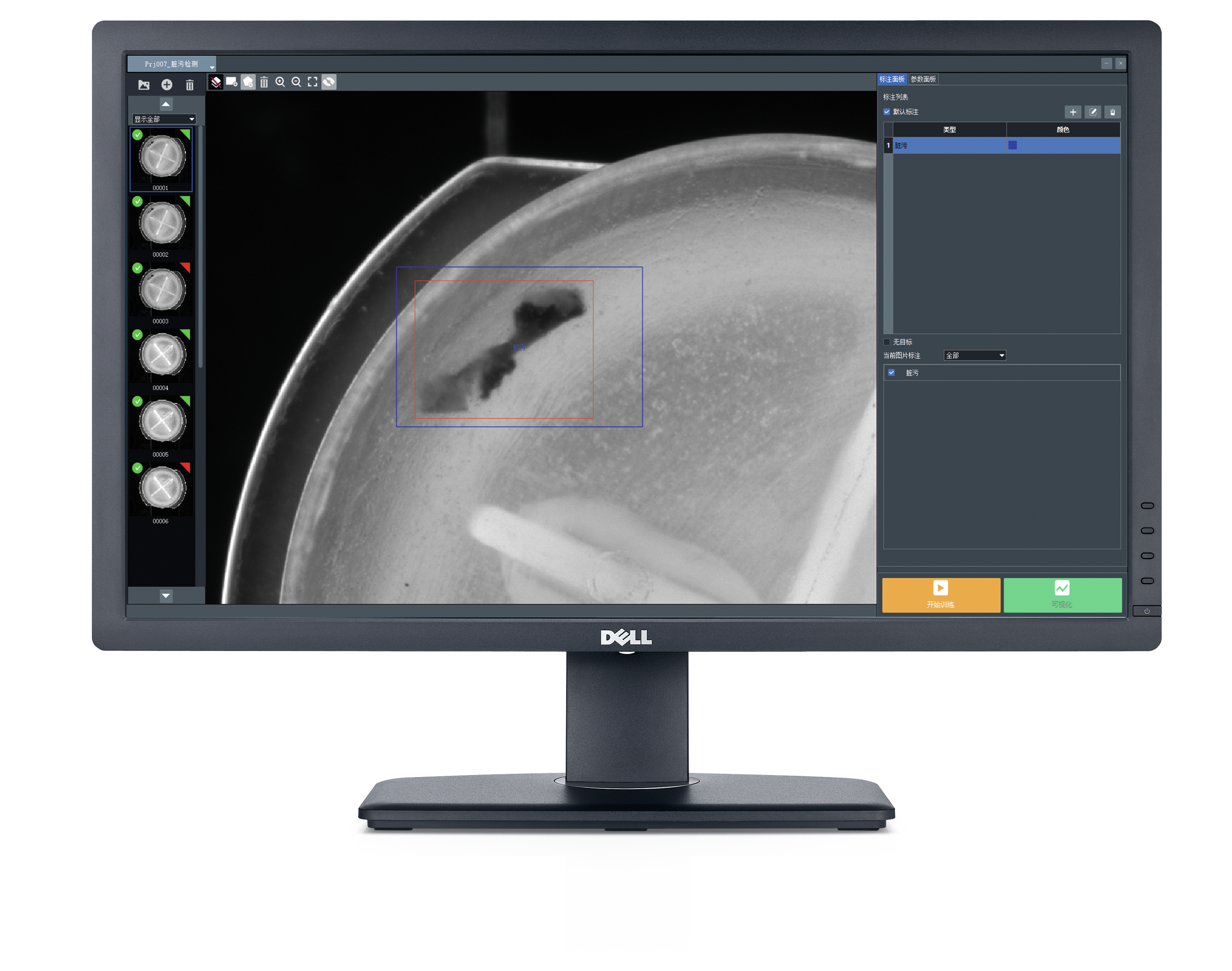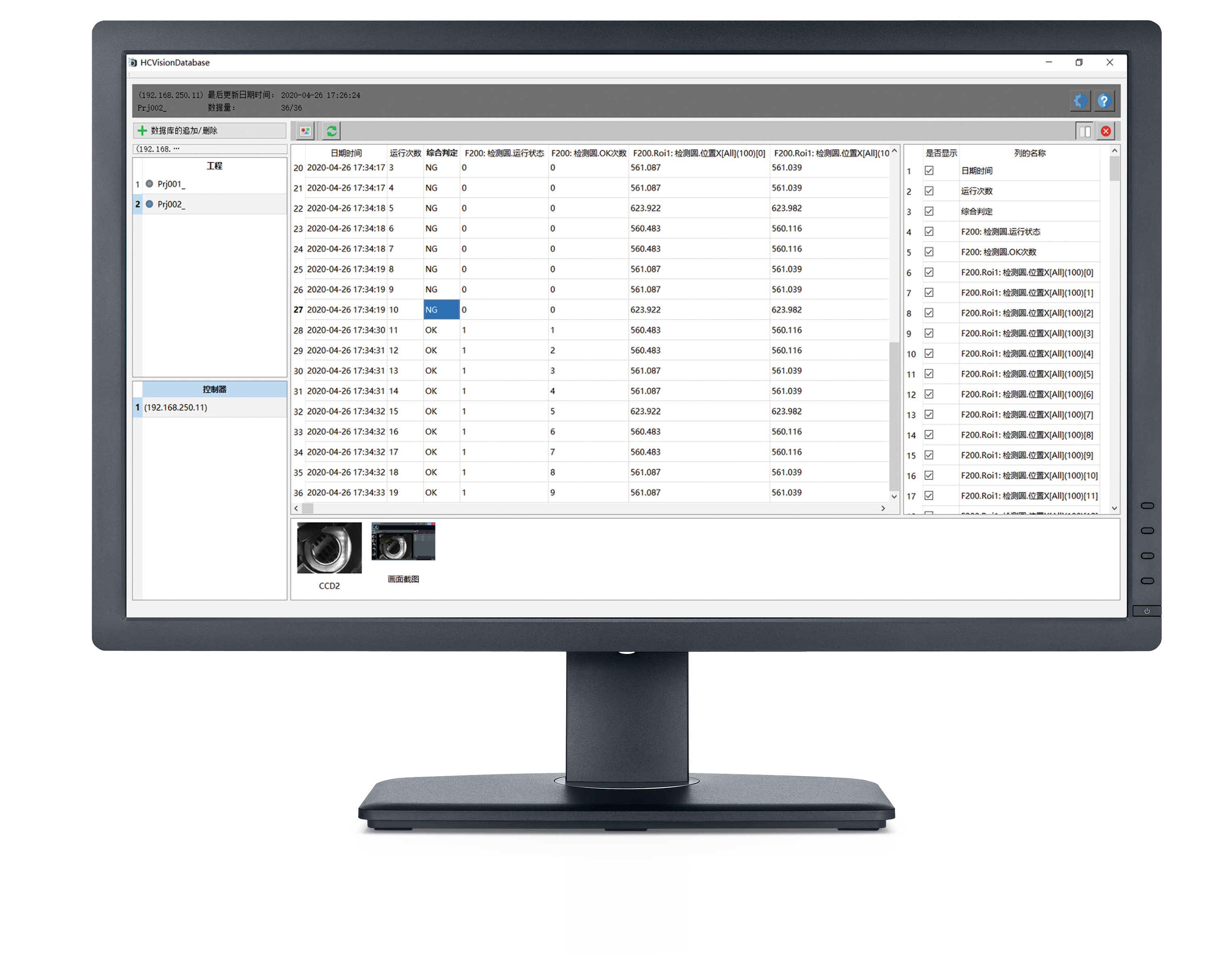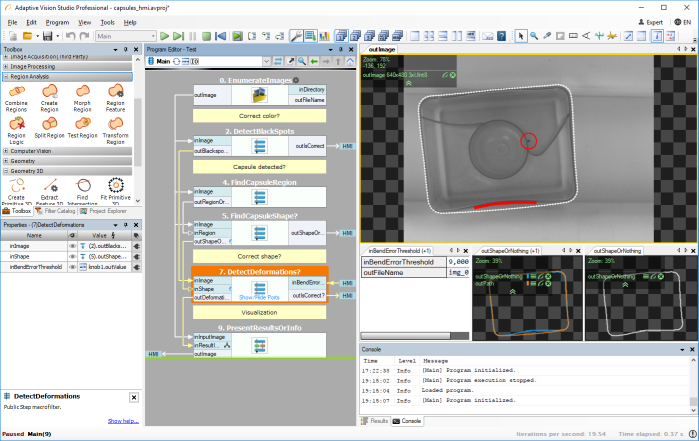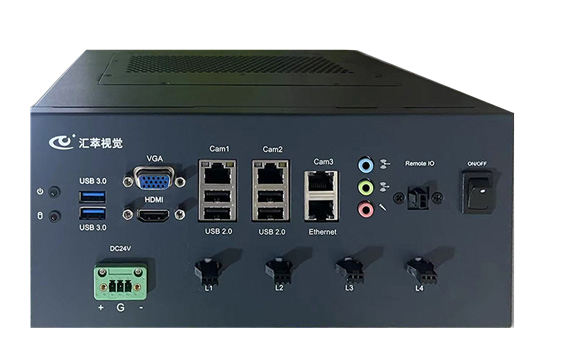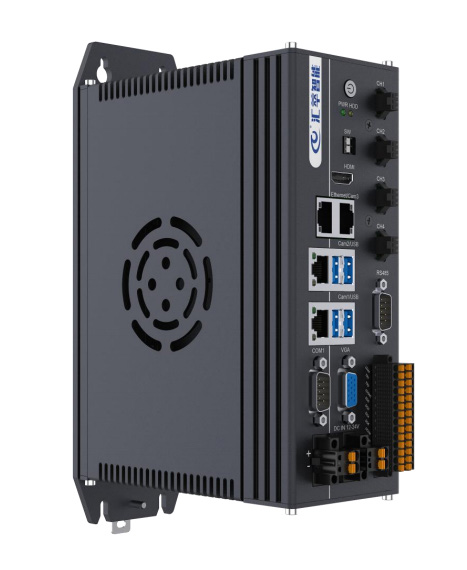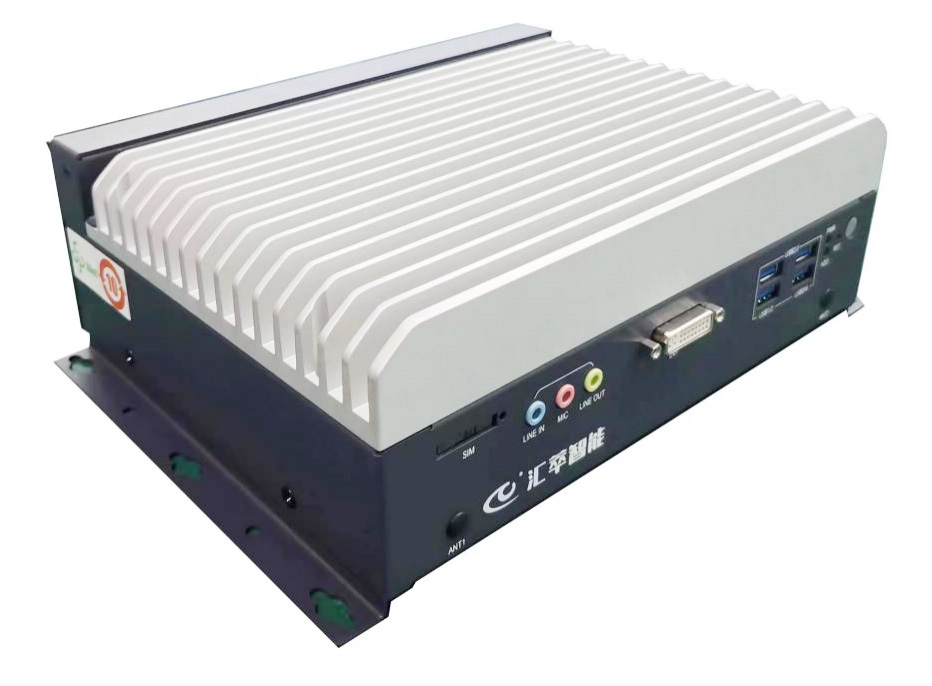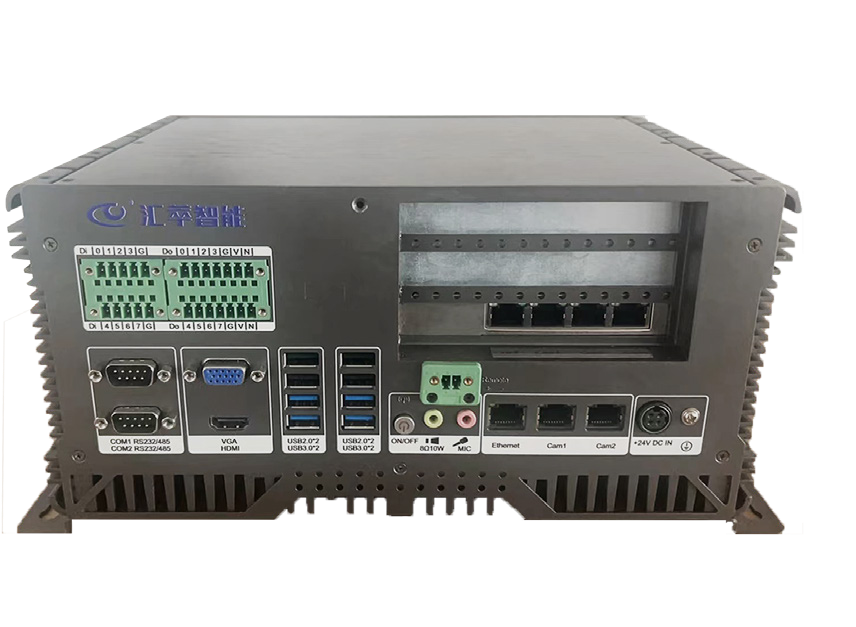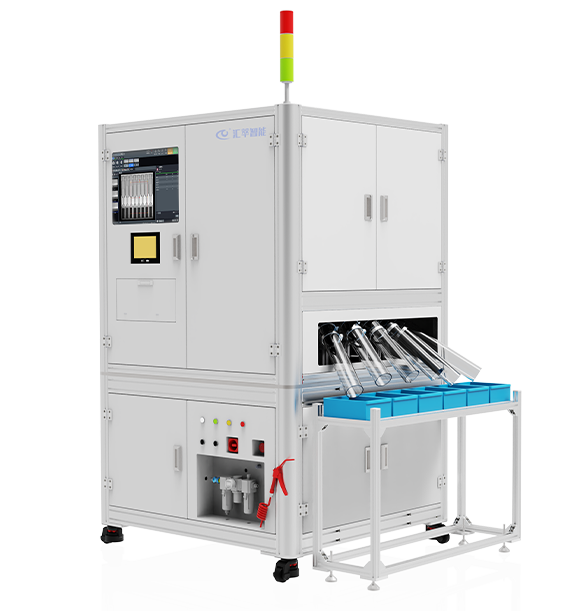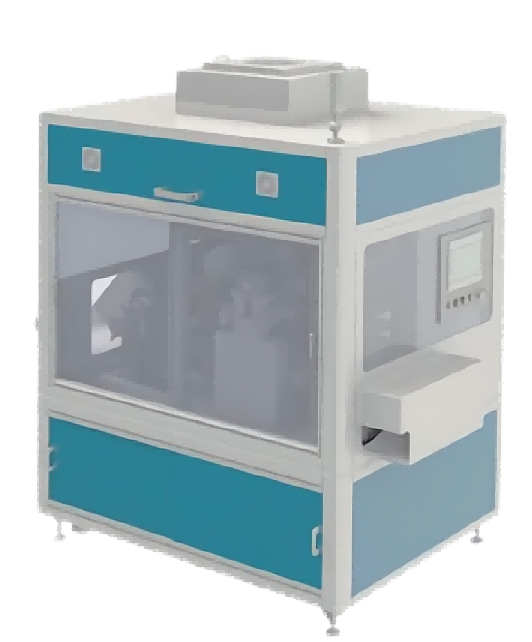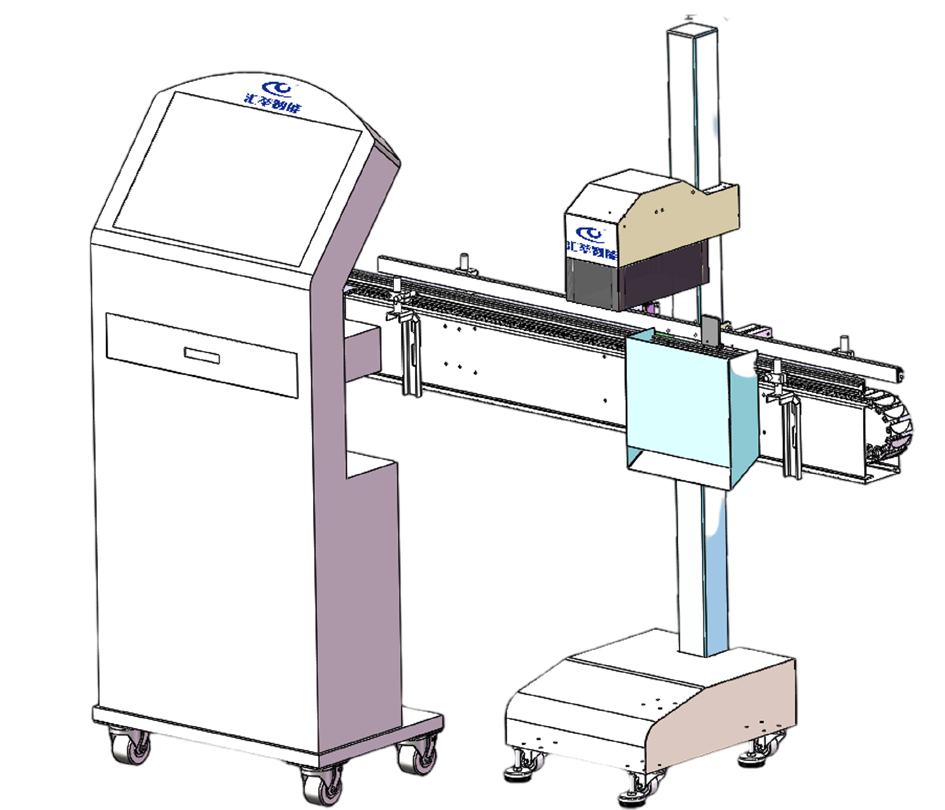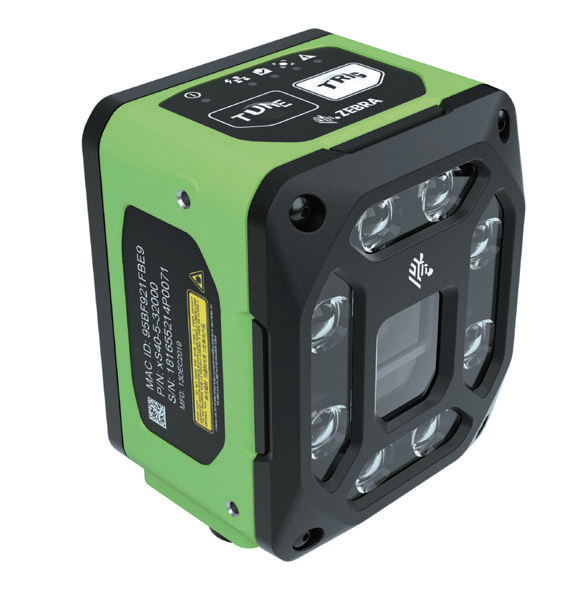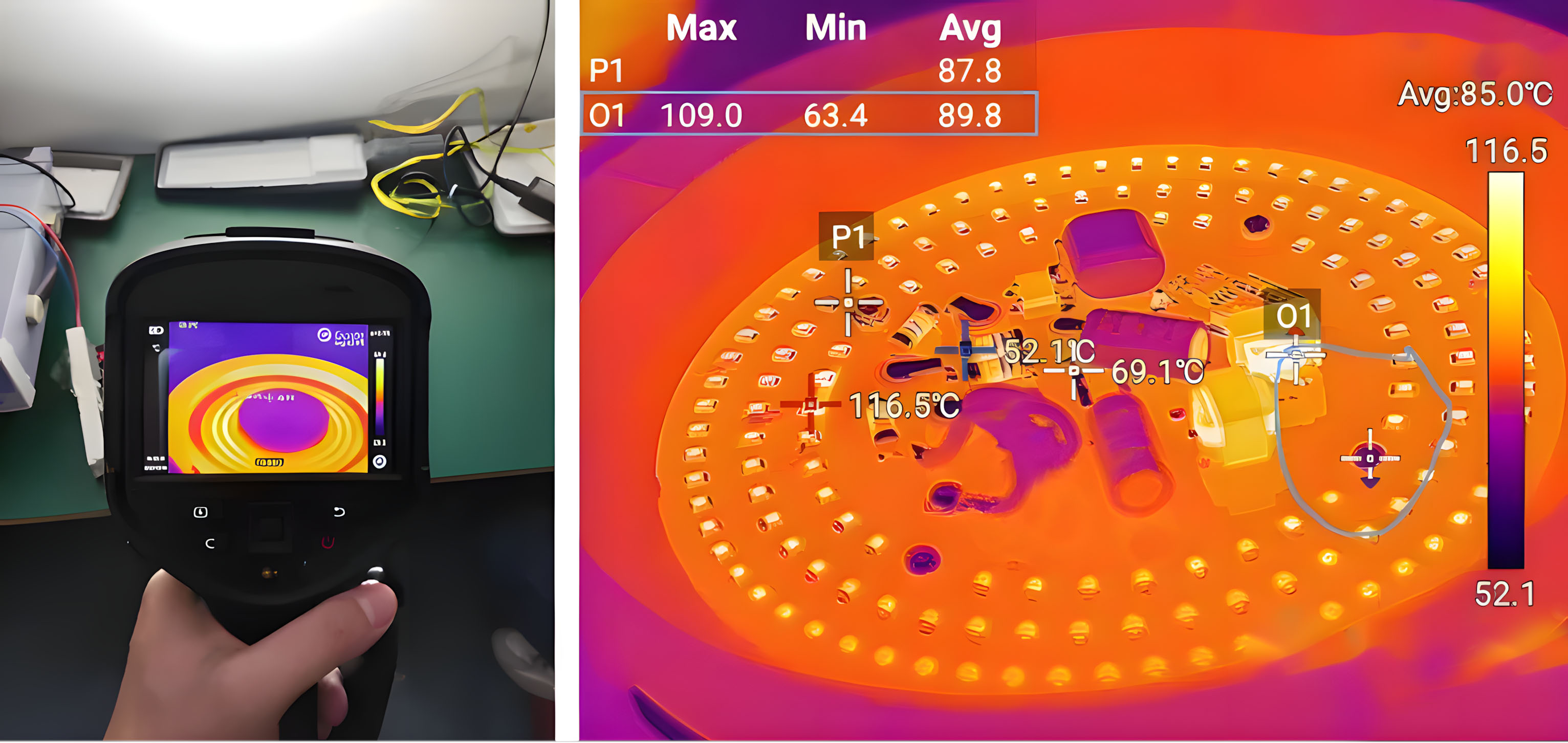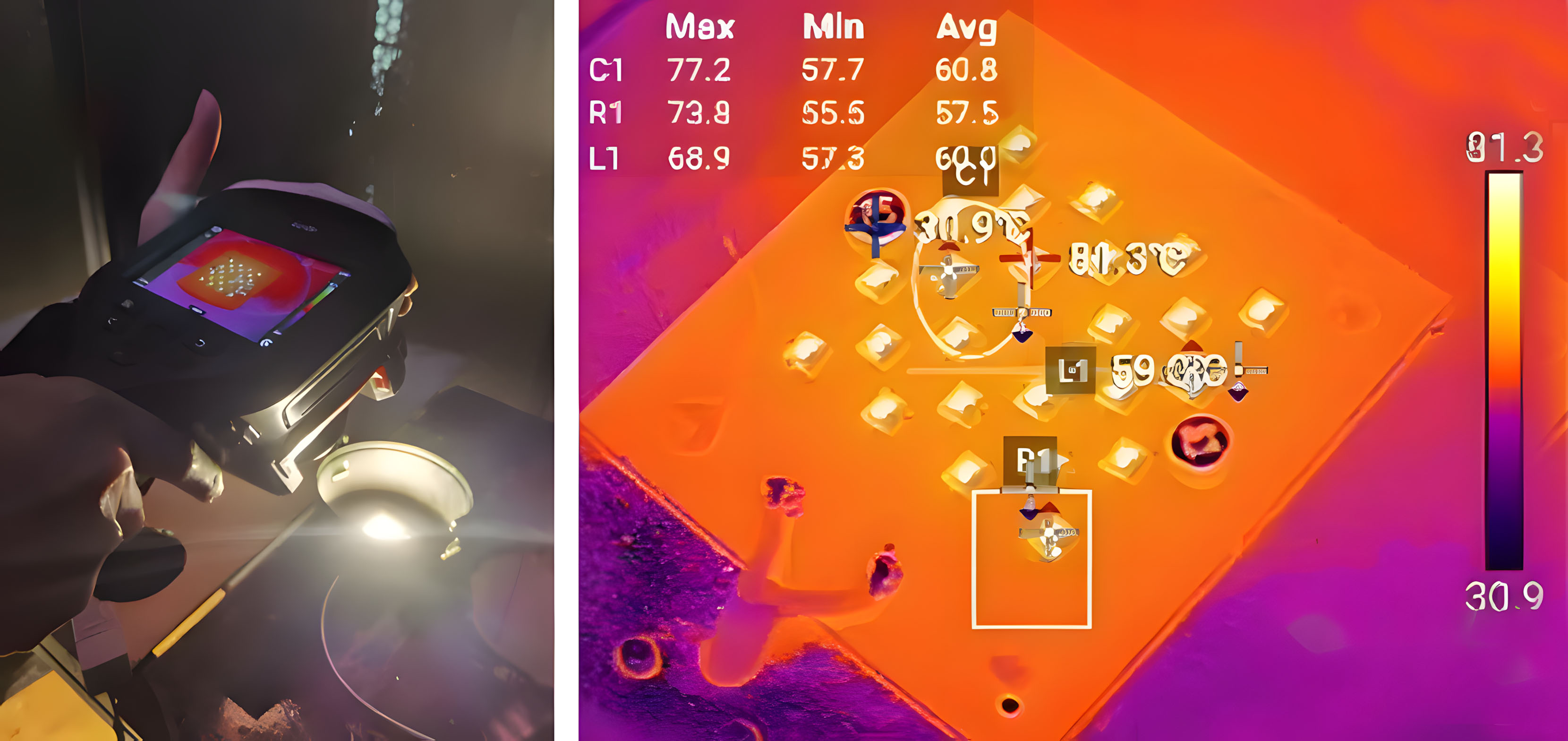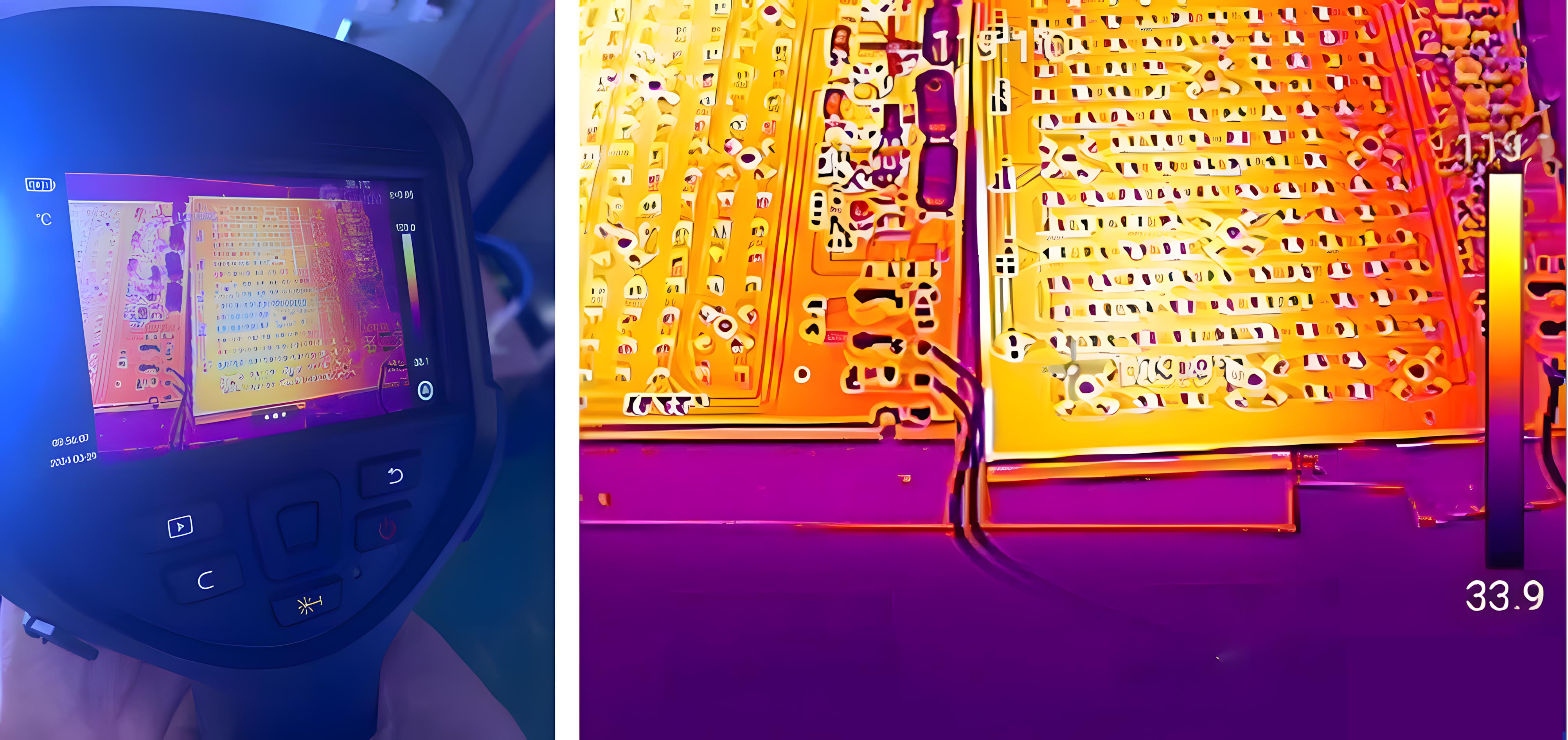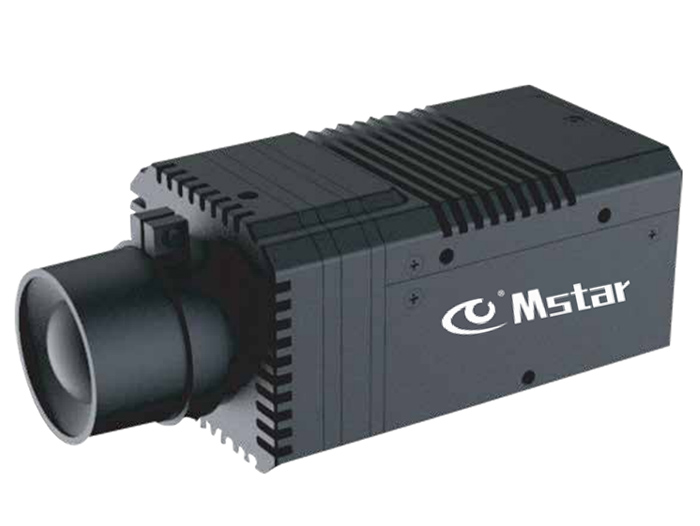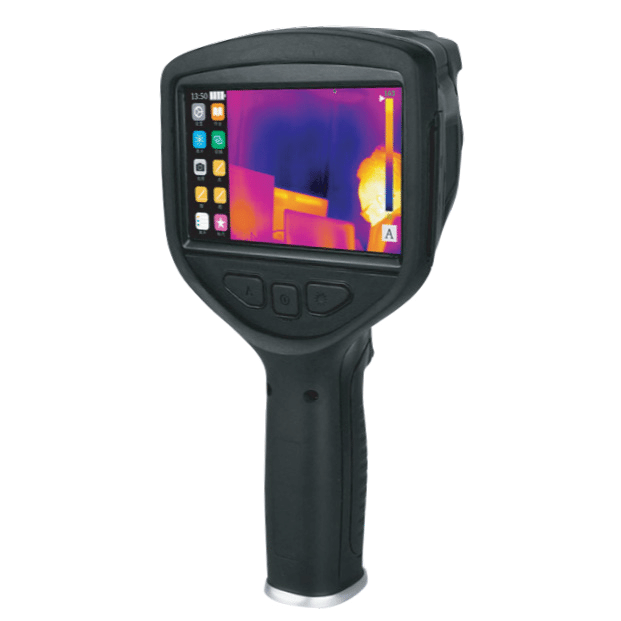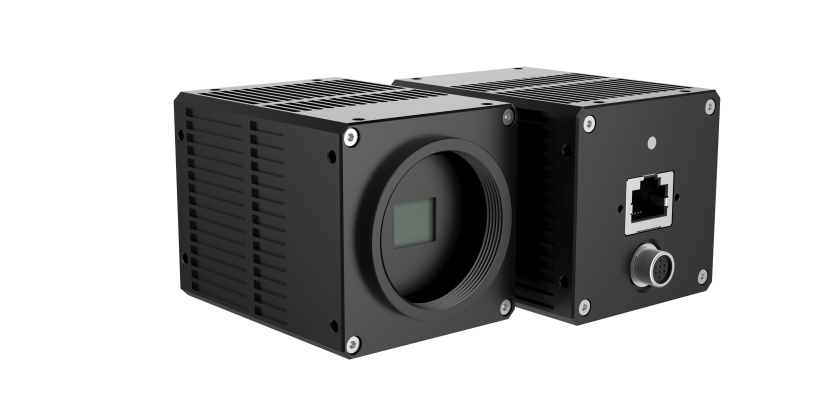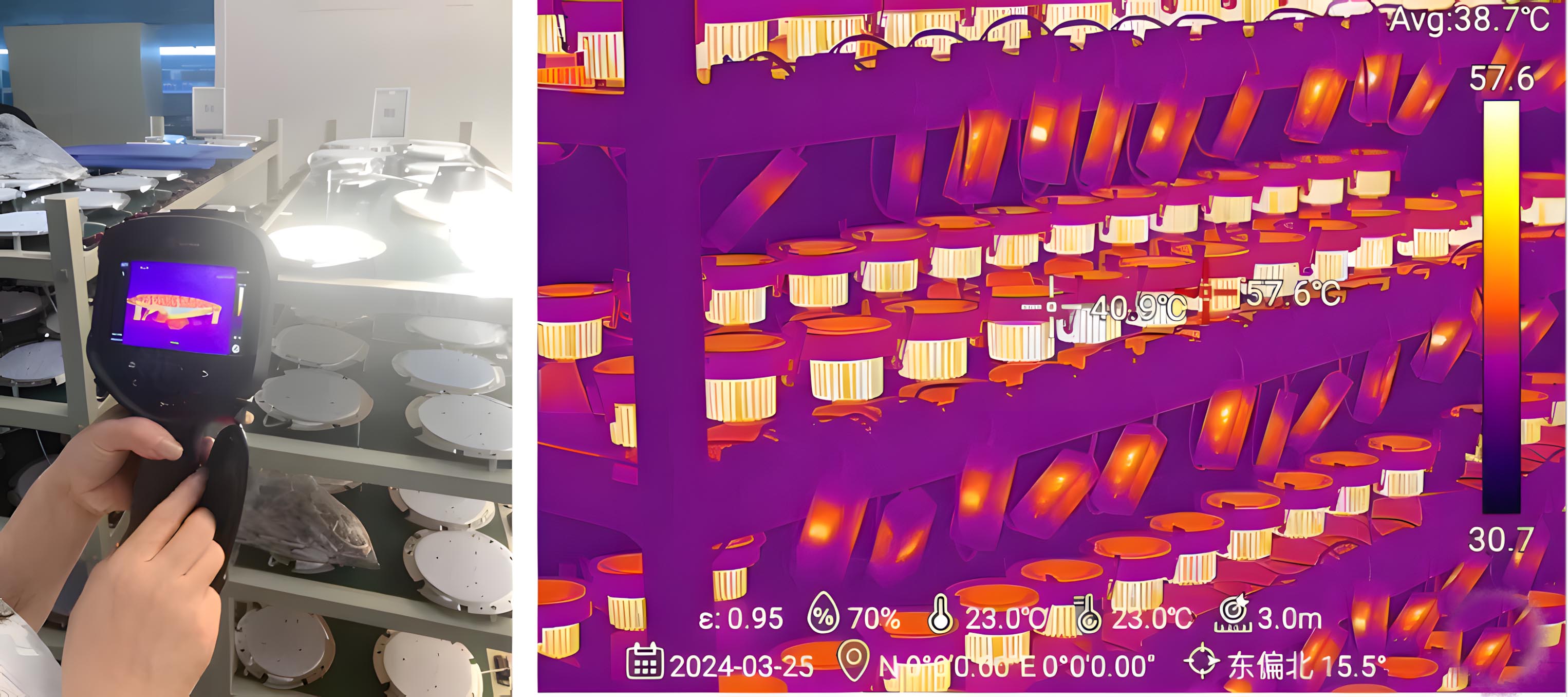
Background
As market demand for lighting products continues to grow, manufacturers are facing higher requirements for quality and reliability. Cement gypsum shell luminaires, in particular, may experience performance degradation, component damage, or even safety risks due to overheating during prolonged use or high-load operation. To ensure product stability and safety, a lighting manufacturer decided to introduce advanced thermal imaging technology to monitor the temperature changes of luminaires during the aging process, preventing potential overheating issues.
Solution
This project uses thermal imaging cameras to monitor the temperature of cement gypsum shell luminaires in real-time during the aging test. Through precise temperature analysis, the engineering team can identify the temperature distribution across different components and detect potential overheating areas early, allowing for timely adjustments and optimization. This technology helps manufacturers identify and address potential thermal issues during the production stage, preventing quality problems caused by overheating.
Benefits
- Precise Monitoring & Early Warning: Thermal imaging technology provides real-time, accurate monitoring of temperature changes during the aging process, allowing early detection of overheating areas. This offers engineers an early warning to prevent potential thermal problems from leading to product failures or performance degradation.
- Enhanced Product Reliability & Safety: By optimizing thermal management design, manufacturers can ensure that cement gypsum shell luminaires operate stably under high-load and high-temperature conditions, reducing the risk of component damage or safety hazards caused by overheating, thus improving overall product reliability and safety.
- Improved Heat Dissipation Performance: Thermal imaging helps assess the heat distribution of various components, revealing weak spots in heat dissipation. This allows for further optimization of the cooling design, enhancing thermal management efficiency and ensuring that luminaires maintain good performance even under high-temperature conditions.



